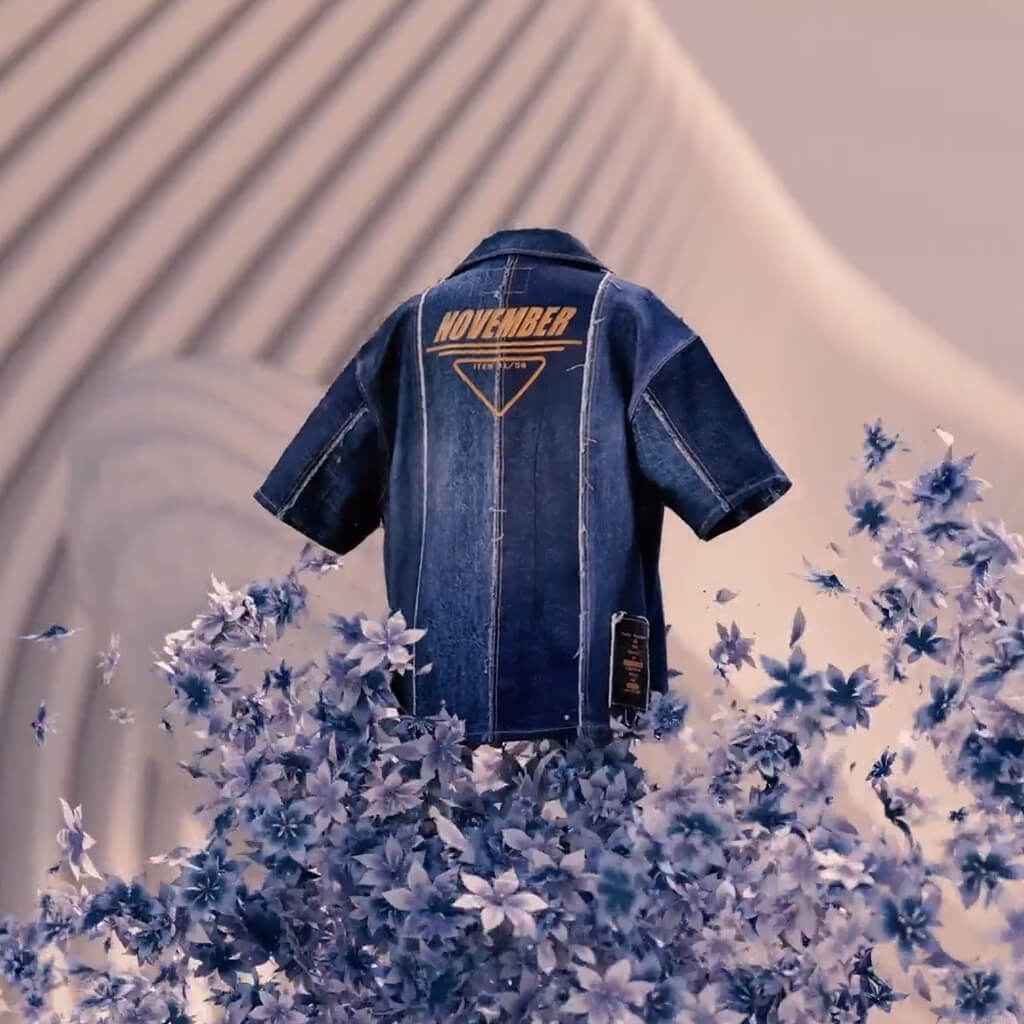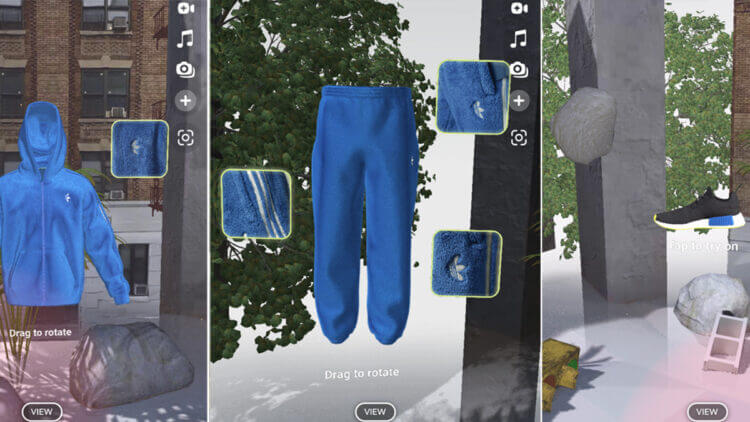
By: Antía López
We all know that technology is becoming more and more present in our daily lives, sometimes even overwhelming us with its power and, especially, the potential it could have in the future. Fashion, our raison d'être (and likely an important part of yours as well), has decided to ally itself with this tool to adapt to a world that screams for innovation, transformation, and modernization. Over the years, it has become clear that the essence of brands and trends is nothing more than a reflection of society. The creation of completely innovative materials, the design of garments with new techniques, and changes in the relationship between brands and consumers—all these are evidence that technology has broken the boundaries of fashion.

New materials, new techniques.
If asked about the main advantages or advancements that technology can bring (considering that creativity is always present), the answer would undoubtedly be: functionality, sustainability, and performance. Fashion no longer depends on traditional compositions like cotton or silk; it has become part of a completely new territory that has arrived with a strong impact.
3D Printing:
We have all seen it more than once—it is one of the most talked-about advancements and, of course, one of the most revolutionary technologies in material creation. This is one of the reasons why we speak of breaking boundaries, as this technique allows for the fabrication of fabrics, garments, and accessories with structures that were previously unimaginable. This, of course, allows brands to offer personalized products in a short time frame and, in addition, reduces material waste, supporting one of the pillars we hold dear today—sustainability. One designer known for combining technology and craftsmanship in her designs is Iris Van Herpen, who has managed to have some of her futuristic pieces displayed at events such as the MET Gala.
Biodegradable Materials:
And speaking of sustainability, various companies and researchers are exploring the use of fibers, both natural and synthetic, that are durable, biodegradable, and recyclable. The use of fabrics derived from living organisms such as algae, fungi, or bacteria is gaining popularity. Prominent brands, like Stella McCartney, are incorporating some of these materials into their collections, advocating for a more ethical and conscious fashion.
Smart Fabrics:
If a few years ago someone asked us to imagine a garment whose material integrated technology capable of measuring our temperature, heart rate, or body posture, it would have been unimaginable. But yes, we can now say that this is real and within our reach. Levi's, a brand we all know, has created jackets in collaboration with Google that allow the control of mobile devices through gestures. If this is already a reality, we can only imagine what the future holds in the coming years.
Design: Futuristic Advances.
The possibilities for innovation, sustainability, efficiency, and creativity are approaching infinity, and this is thanks to a variety of resources that professionals in the sector have at their disposal today.
Artificial Intelligence:
Artificial intelligence plays a fundamental role in the advances that have taken place in the design process. And this does not mean that we are no longer essential; it is much more—a collaboration where designers have an explosive tool for exploration, allowing them to experiment with new combinations, patterns, and shapes. Beyond that, one of the main goals is to reach and appeal to the consumer. AI allows us to analyze our preferences as consumers, the trends that are spreading around the world, and thus predict what we want before we even know it ourselves.
Virtual Reality and Augmented Reality:
An afternoon of shopping is always a great plan, but we all know that at certain times work, responsibilities, social life, and time for oneself accumulate. Being able not only to shop from home but also to try on what we need is an advantage no matter how you look at it. Certain brands, like Adidas, have created a special lens on Snapchat for their Indigo Herz fashion line, where users can view sweatshirts, pants, and footwear in a digital environment. Maybelline allows you to test makeup shades, and Gucci’s app lets you see how some of its garments would look on your body without needing to try them on physically.


Digital Fashion:
Fashion is not limited to our physical world. For several years now, it has been a fact that a virtual world exists where brands have garments that exist only in that space. It is a sort of sustainable alternative to the fast fashion phenomenon, allowing users to experiment with completely different and futuristic styles without the limitations of the real world.
The savings for brands and designers in creating fully digital collections are immense—time, money, and less concern about minor details. Many brands have collections in the metaverse: Gucci, Prada, Louis Vuitton (which even has a video game allowing players to enjoy creating their own personal style), Lacoste, Dior, Burberry, or Ralph Lauren (which entered the world through the famous game Roblox) are just a few of them.
Fashion and technology are engaged in a process of creating a future where the possibilities are virtually limitless. Change is essential to progress, and there is no challenge that can resist it. We are living in a new era where style, technology, functionality, creativity, sustainability, and the future are stronger than ever.
Image credits: Prada, Iris Van Herpen, Adidas, Polo Ralph Lauren



Esdemarca · Copyright © Fusion Lab, S.L. 2025 B66138827 · Calle Recerca, 1, 08850 Gavà (Barcelona), Spain
Customize cookies
WELCOME TO THE ANNIVERSARY OF ESDEMARCA
We have a gift just for you
Register now using the button below and receive
a £4.38 discount on your first purchase*.
*For a purchase over £43.82. Discount applicable only with registrations from this window.
✕CONFIRM YOUR SHIPPING DETAILS:

